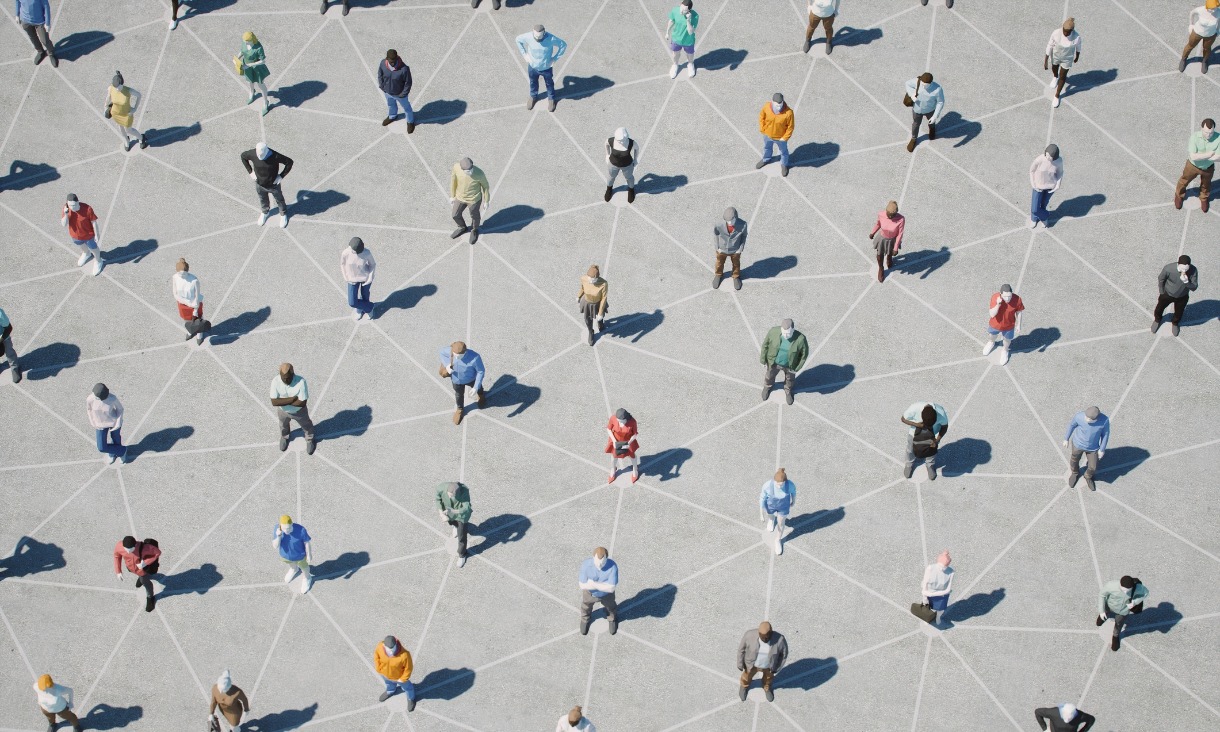How can we support parents and newborns who lived through the pandemic’s Neonatal Intensive Care Unit restrictions?
We want to make sure babies get well and out of the Neonatal Intensive Care Unit (NICU) quickly, said Dr Bobbi Fleiss, an RMIT researcher involved in the Horizon 2020 project PREMSTEM.
"When babies are in the NICU, they and their caregivers benefit greatly from time together," Fleiss said.
"The pandemic restrictions have highlighted that this caregiver bond in these tiny babies and the positive effects it has on an infant's health and a caregiver's mental health needs to be more recognised.
"NICU staff give their all to try and keep families together but additional government support and funding for services, and for families with sick babies and all families, at the start of their journey would benefit our whole community."
The PREMSTEM project is focused on developing a new regenerative stem cell therapy to repair the brain damage caused by premature birth, also known as encephalopathy of prematurity (EOP).
What role do nanotechnologies play in a post-pandemic society?
COVID-19 will hopefully soon be a thing of the past, but as viruses mutate and advance towards domination or obsoletion, so do technologies, according to Dr Craig Richmond, an RMIT researcher involved in the H2020 project GoNano.
"Nanotechnologies, being the purposeful engineering of matter at length scales close to atomic and a million times smaller than anything visible to the naked eye, have been prevalent in research and innovation for the best part of half a century," Richmond said.
"Simply being able to see things on the nano scale has allowed us to better our understanding of the molecules and materials that constitute the world around us, for example, the macromolecular structure of our DNA or the protein shell of a virus.
"The record-breaking development and production of COVID-19 test kits and vaccines was possible because of the collaborative efforts across sectors, borders and disciplines – nanotechnology included, of course," he said.
"And the means of communications that have helped so many of us stay connected through these difficult times are also largely attributable to advances in electronics going beyond micro and into nano."
Richmond said that nanotechnologies have helped to shape our response to the pandemic and will continue to shape our society after it.
The GoNano project is focused on aligning future developments and applications of nanotechnology with societal needs.
Story: Karen Matthews





.jpg)

